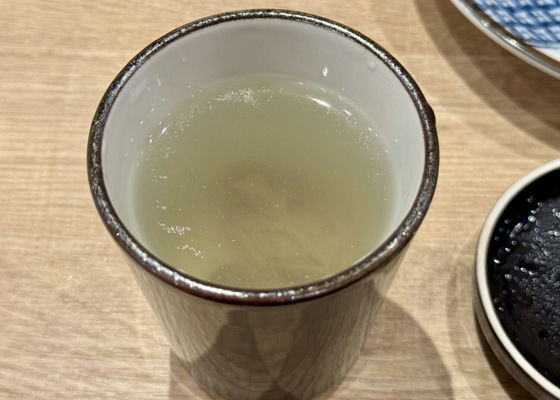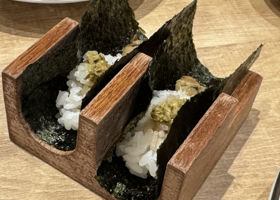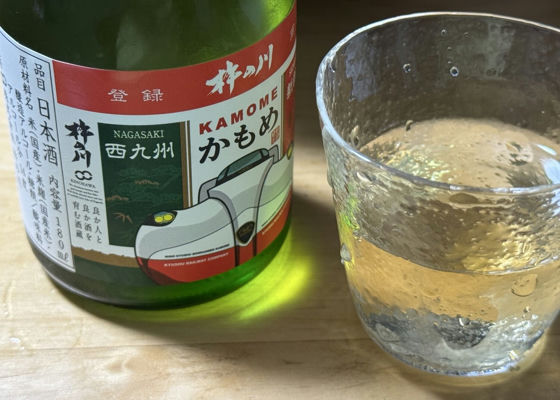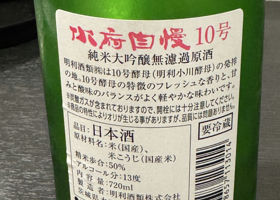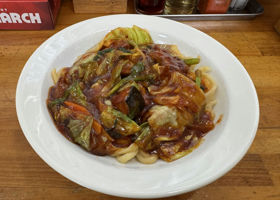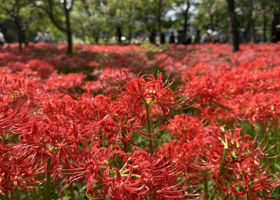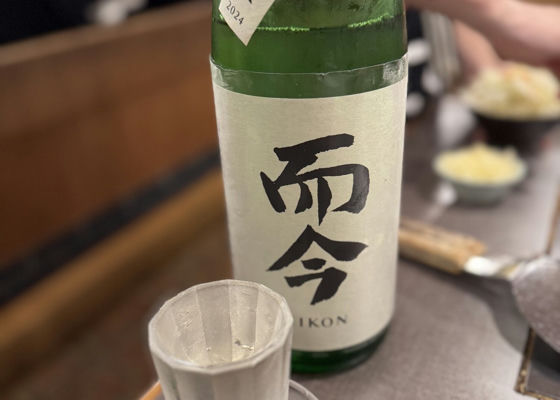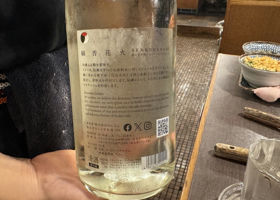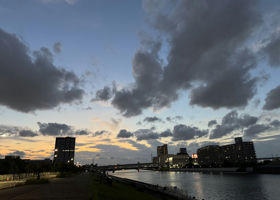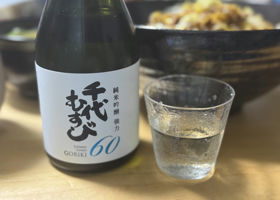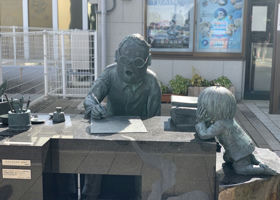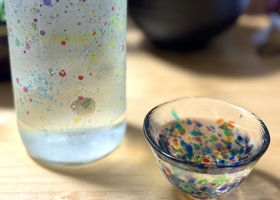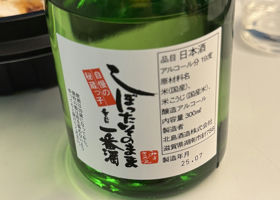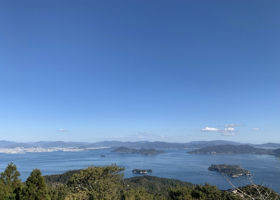
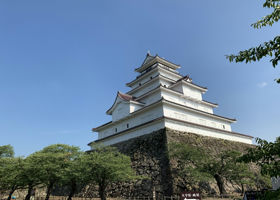
じじ
Miyazumi Meikozo is a brewery near Tsurugajo Castle in Aizuwakamatsu, Fukushima. It is called Miyazumi because it is brewed with spring water similar in quality to Nada's miyamizu.
I was lucky enough to purchase a bottle when I was on the road. It had a gentle, mildly sweet flavor that I never got tired of drinking.
The second picture shows Tsurugajo castle in summer, which I visited a long time ago.
⚫︎Rice used: Yumenokou
⚫︎Polishing ratio: 60
⚫︎ Alcohol level: 16%.
Japanese>English





